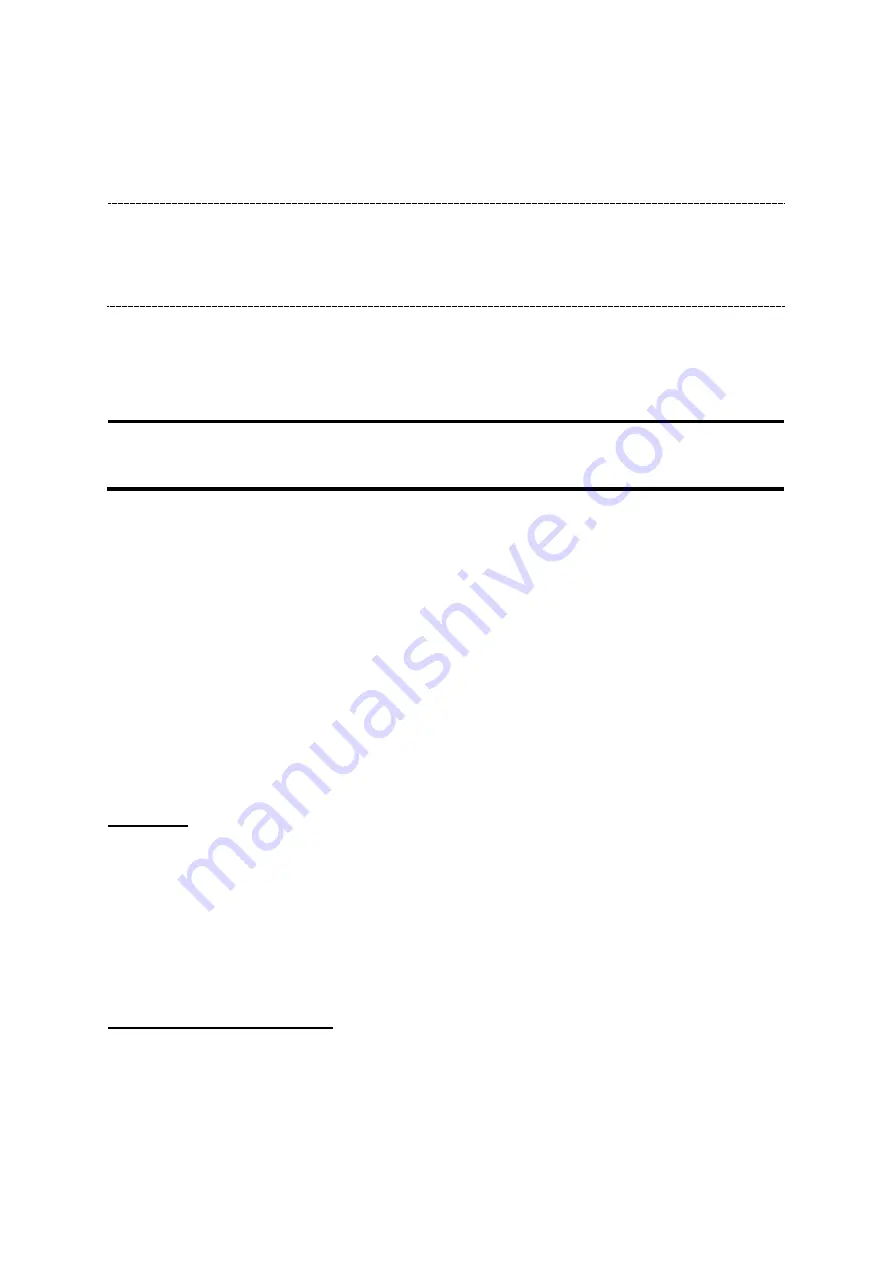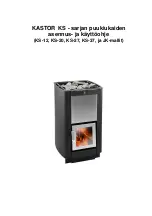
Page 23
The burning rate of the stove can now be regulated by the rate at which fuel is
added and use of the air control. The maximum amount of fuel to be loaded
during normal operation is 2kg per hour in order to achieve nominal heat output.
NOTE
This appliance is not an incinerator and only dry well seasoned wood should
be used. Burning coal or other solid fuels such as treated wood is not
possible.
If the cook stove is being used primarily to heat the room it is recommended
that the bolster lid is kept in the raised position to allow heat from the hotplate
to radiate into the room.
NOTES ON WOODBURNING
Wood burns most efficiently when the air for combustion is supplied from above
the fire bed. This air supplies the oxygen necessary for the volatile gasses given
off by the wood as it is heated to combust which increases efficiency and
reduces heat being wasted up the chimney.
Running the cooking stove with the air control open will provide oxygen for the
wood to burn on the fire bed and should be used to control the fire when lighting
or refuelling. The cooking stove should ideally be run with the air control in the
closed position for the majority of the time in use. If the fire appears to die down
too low then opening the air control slightly for a short period can help revive it.
Cold Flue
This is below the condensation point of wood gasses and may cause the build-
up of tar in the chimney, dirty the fire door glass and result in the inefficient
burning of fuel.
When the flue is cold the fire will appear dull and residue will appear on the fire
door glass.
Correct Flue Temperature
This is the most efficient operation of your cooking stove.
When the flue is at the correct temperature there will be rolling flames visible
above the logs, any residue on the fire door glass will burn away.














































